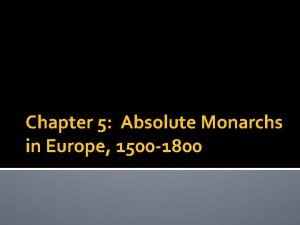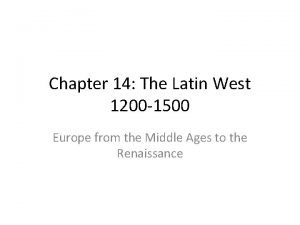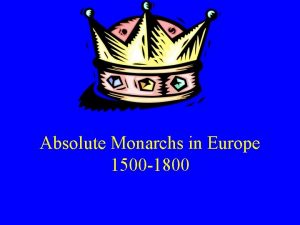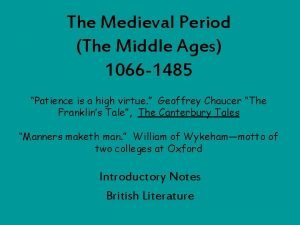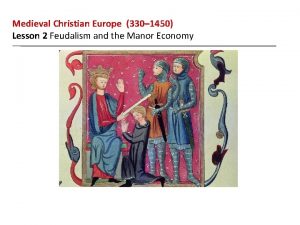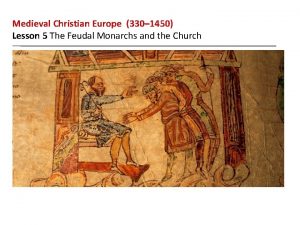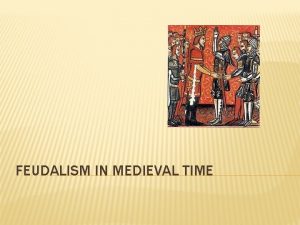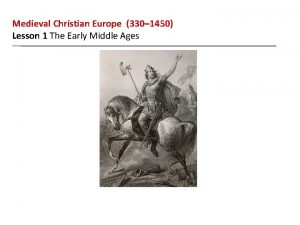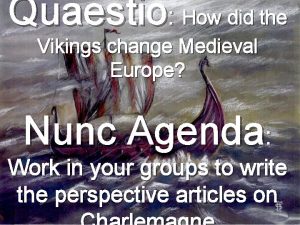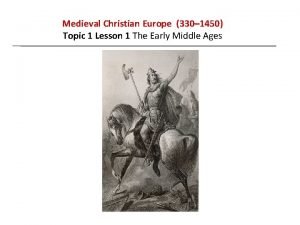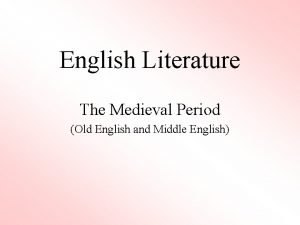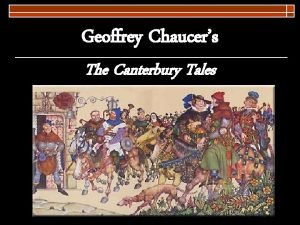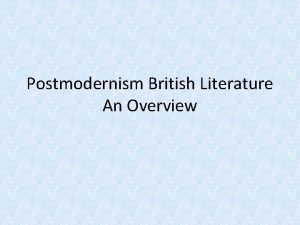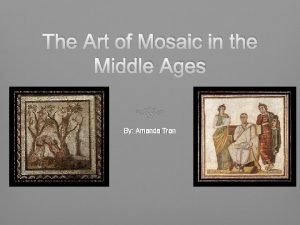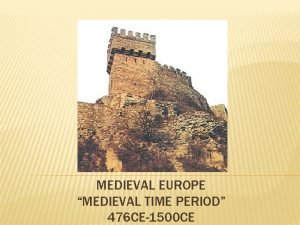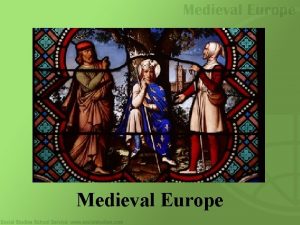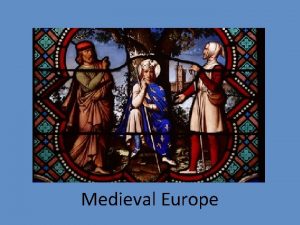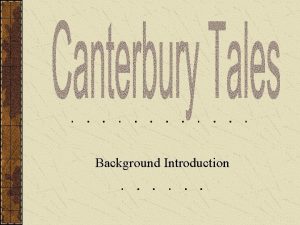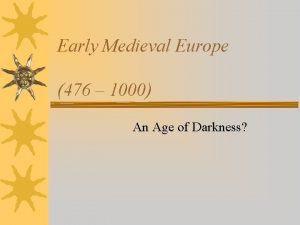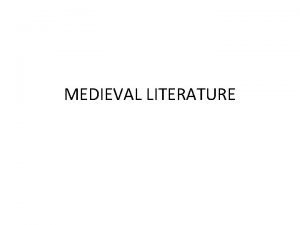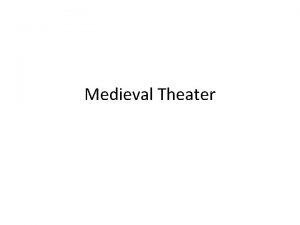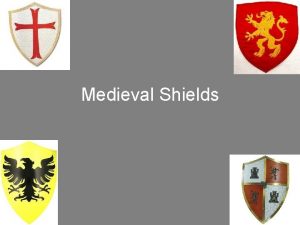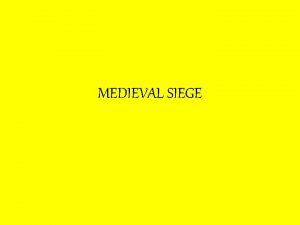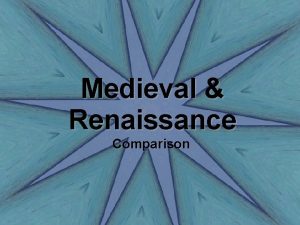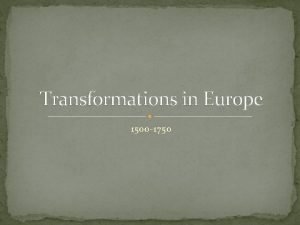The Medieval Period 476 CE 1500 CE Europe
















- Slides: 16

The Medieval Period ~476 CE - ~1500 CE

Europe in 1000 CE

Europe in 1200 CE

Europe in 1400

Periodization • Early Middle Ages – 500 – 1000 CE • High Middle Ages – 1000 – 1250 CE • Late Middle Ages – 1250 – 1500 CE

The Role of the Catholic Church • Filled hole left by collapse of classical world • Monasticism • Major influence of church leaders – Bishops, Abbots, etc. • Sponsored Crusades; Inquisition • Controlled a third of all land in Western Europe

A Day in the Life of a Medieval Monk

Charlemagne’s Empire

Feudalism -A political, economic, and social system based on loyalty and military service.

Medieval Castles


Chivalry and Knighthood • Chivalry – A code of Honor and Behavior – Gallantry, courtesy and honor. – The noble qualities a knight was supposed to have, such as courage and a readiness to help the weak. – The demonstration of any of these qualities. • Page Squire Knight – Typically a man who was pledged to serve his liege or king in military service.



Political Evolution in England • The Magna Carta (1215) “The Great Charter” – monarchs were not above the law. – kings had to consult a council of advisors. – kings could not tax arbitrarily • Helped lead to formation of Parliament – House of Lords – Nobility/Church – House of Commons – Knights, Middleclass

 5 monarchs of europe
5 monarchs of europe Renaissance europe 1500 map
Renaissance europe 1500 map Absolute monarchs in europe 1500-1800
Absolute monarchs in europe 1500-1800 Era medieval adalah
Era medieval adalah America africa and europe before 1500
America africa and europe before 1500 Medieval time
Medieval time Medieval christian europe part 2 practice test
Medieval christian europe part 2 practice test Unit 8 lesson 5 medieval christian europe
Unit 8 lesson 5 medieval christian europe Medieval europe feudal system
Medieval europe feudal system Medieval kingdoms in europe lesson 1
Medieval kingdoms in europe lesson 1 “how did the vikings change medieval europe?”
“how did the vikings change medieval europe?” Topic 1 medieval christian europe
Topic 1 medieval christian europe Medieval period
Medieval period Characteristics of medieval period in english literature
Characteristics of medieval period in english literature Canterbury tales medieval
Canterbury tales medieval Postmodernism in british literature
Postmodernism in british literature Medieval period mosaic
Medieval period mosaic
